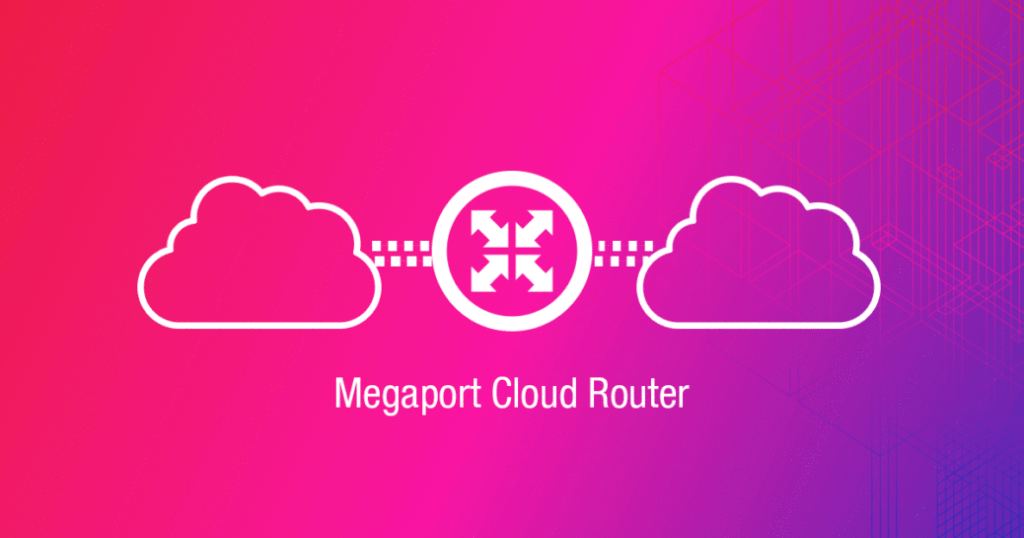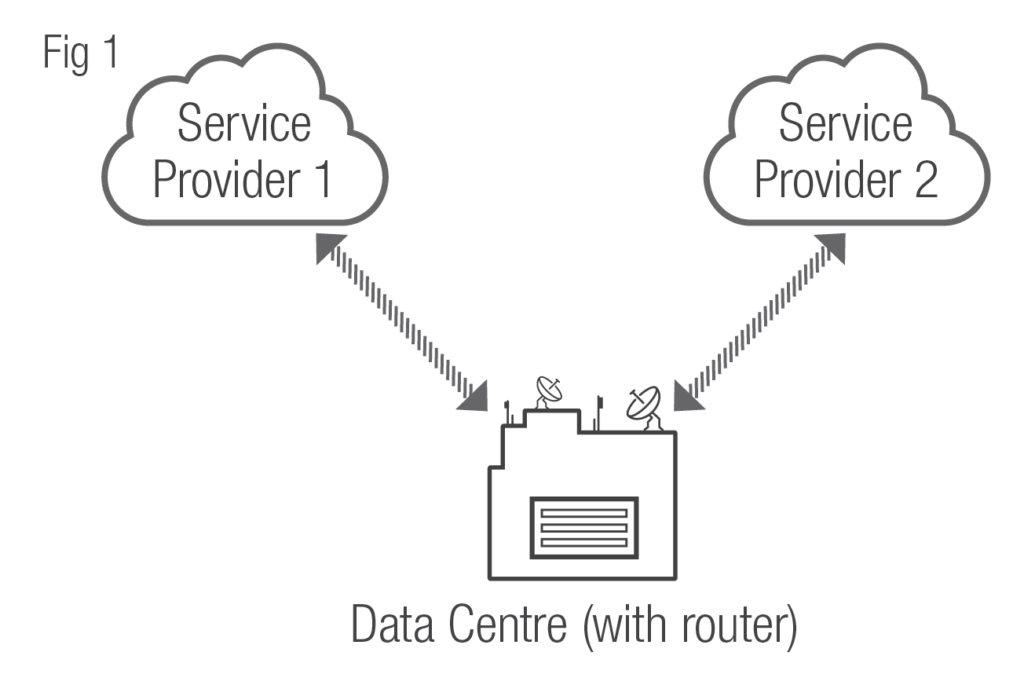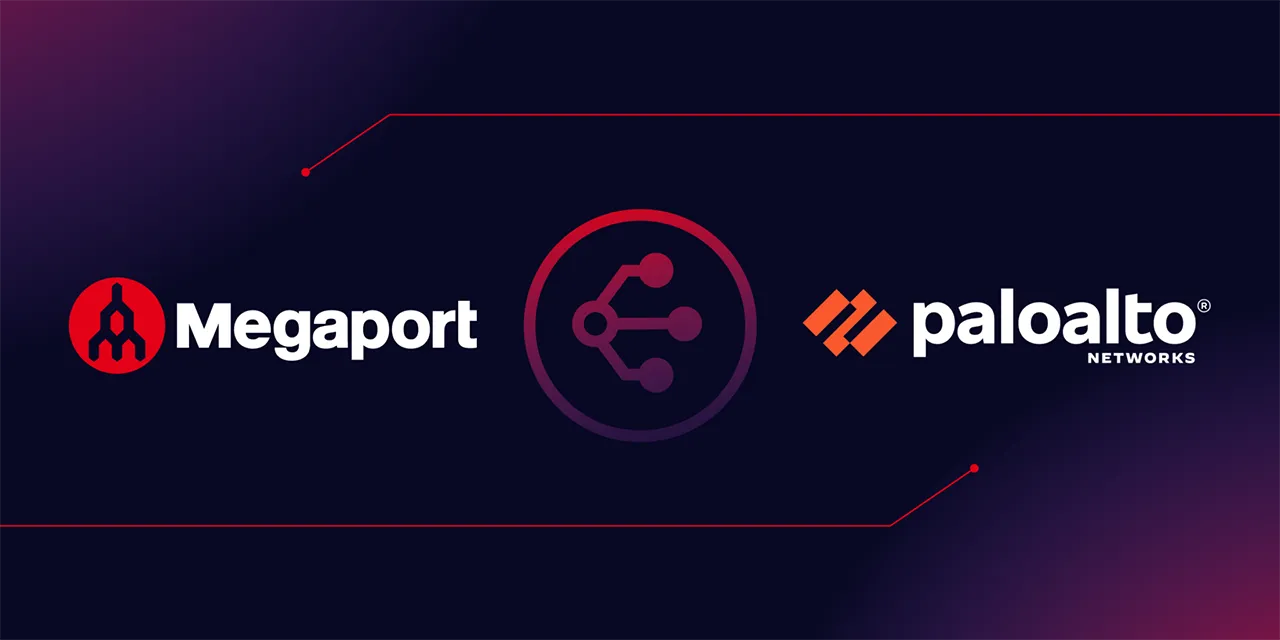
Megaport Cloud Router: Changing Cloud Networking as you Know it
- January 21, 2018
- RSS Feed
Unlocking powerful new Layer 3 connectivity options without the need for physical infrastructure.
What is Megaport Cloud Router (MCR)?
Compute infrastructure and software have increasingly become virtualized and have moved into the cloud, eliminating the need to own, deploy, and administer physical hardware and software licenses. This shift has resulted in many different “as a Service” models that make it possible to scale rapidly, reduce the total cost of ownership, and increase the availability of mission critical systems. Until recently, the network has been largely ignored in the virtualization development cycle; the ability to connect and scale data networks has been constrained by the need to own, deploy, and administer routers and switches within physical locations. As cloud adoption soars and enterprises demand reliable, scalable capacity, leading Cloud Service Providers have made significant advances so that their enterprise customers can connect directly to their respective cloud environments. However, this technology has typically been reserved for customers with a strong understanding of routing principles and those that have made significant investments in networking infrastructure. Today, Megaport changes this with the launch of Megaport Cloud Router (MCR). Put simply, MCR is a virtual router. While the core concept seems simple, the solution unlocks a number of advanced use cases for companies that want to avoid investing more in physical network infrastructure or prefer a completely virtualized architecture. MCR benefits enterprises architecting multicloud and hybrid cloud solutions, Network Service Providers (NSPs) and Cloud Service Providers (CSPs) looking to expand their service reach, and ‘born in the cloud’ companies that rely entirely on virtualized services to operate their businesses. Below are a few MCR use cases.
Cloud to Cloud Connectivity
Companies using multiple CSPs, or even the same CSP in multiple zones, need to connect these cloud environments for interoperability as part of a holistic business solution. The traditional way of connecting two cloud zones is to purchase separate network capacity to each cloud zone and terminate traffic into a router that is managed and often owned by the company. This requires significant overhead, long lead times, and in many cases, results in committing to too much capacity that is not efficiently utilised. Plus, the network hardware must be collocated in a data centre which creates additional costs for space and power (Fig1).  With MCR, cloud to cloud connectivity can now be easily achieved without having to hairpin traffic through a customer-owned router in a data centre. Instead, the router lives in the Megaport Network where routing functionality has been virtualized for easy configuration through the Megaportal. Traffic then flows between providers on our global SDN, utilising a high capacity global backbone (Fig 2).
With MCR, cloud to cloud connectivity can now be easily achieved without having to hairpin traffic through a customer-owned router in a data centre. Instead, the router lives in the Megaport Network where routing functionality has been virtualized for easy configuration through the Megaportal. Traffic then flows between providers on our global SDN, utilising a high capacity global backbone (Fig 2). 
Virtualized Networking
With MCR, Virtual Points of Presence (VPoPs) enable the expansion and reach of a service network without the need to deploy equipment into collocation environments. No router means there is no need to secure space, power, and cross connects with associated expense. This opens up a whole new level of interconnection and peering options in regions around the world. Customers wishing to move workloads to or between cloud environments in new geographic regions now have the capability of virtually making localised routing decisions within a Routing Zone.
Private Hybrid Cloud Connectivity
Private hybrid cloud connectivity can be easily provisioned between a customer’s on-premises environment and multiple cloud environments. Customers with physical Megaports can now also provision an MCR that allows for routing decisions to be made, not only locally, but also in a remote Routing Zone. MCR establishes an inter-cloud gateway to make remote routing decisions and then pass traffic that is only destined for their physical Megaport connected back to their data centre for hybrid cloud use. Essentially, MCR adds increased granularity and reach to an existing physical deployment.
Multicloud and Multi-Region Connectivity
MCR enables private multicloud access, in multiple global regions, with no physical infrastructure required. Increased cloud computing choices has led to a greater number of customers requiring access to different public CSPs in different global regions. The complexity and cost associated with building a private network has previously made it prohibitive for enterprises that are ‘born in the cloud’ to even consider the possibility of establishing a private network of their own. The inherent scalability, flexibility, and low cost associated with leveraging the Megaport SDN in combination with MCR now makes this easily achievable for customers looking to securely pass traffic and manage workloads between various cloud environments. The development of Megaport Cloud Router is a natural extension of our Network as a Service strategy. Moving up the stack and supporting Layer 3 capabilities is all part of abstracting the network buying experience. We are very excited to bring new innovations to market that address the needs of growing companies tapping into all that cloud has to offer. Interested in learning more about MCR, Routing Zones, and building virtual networks of your own? Check out the MCR web page and infopaper.





